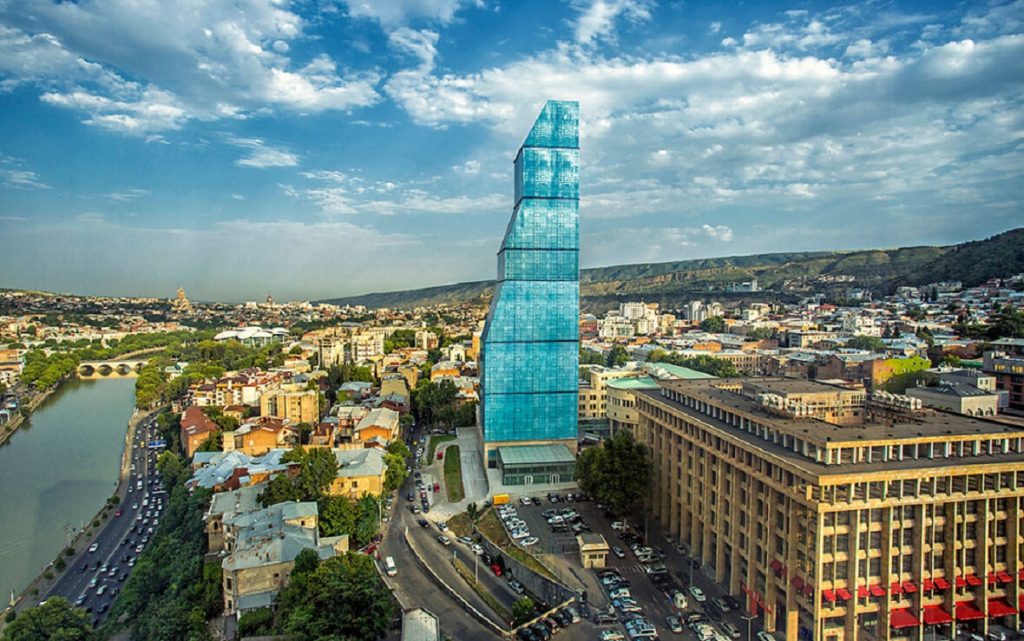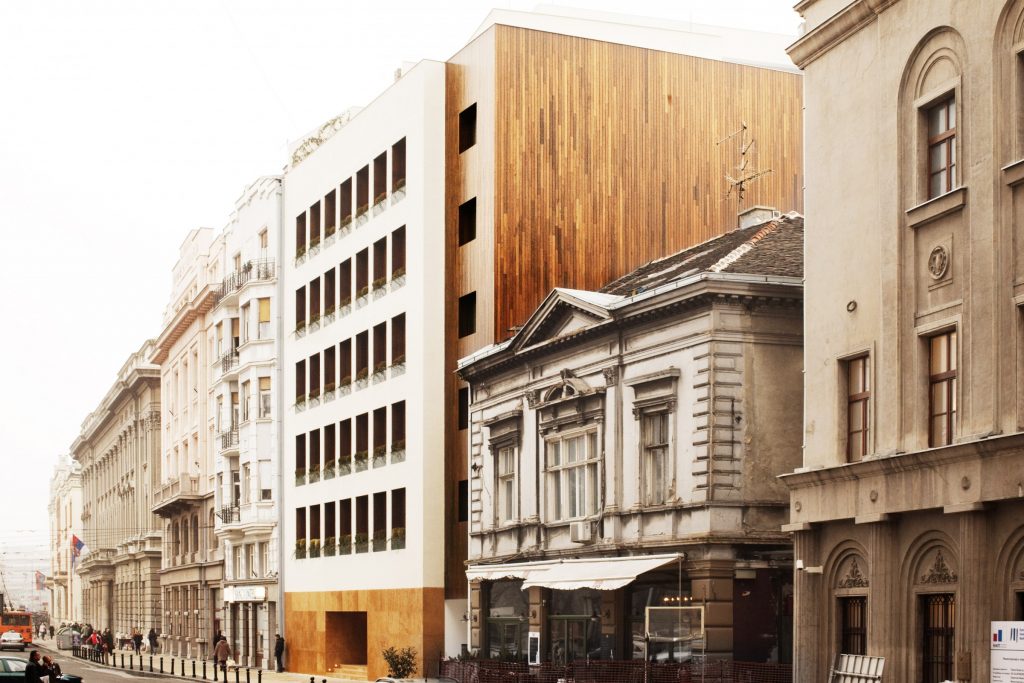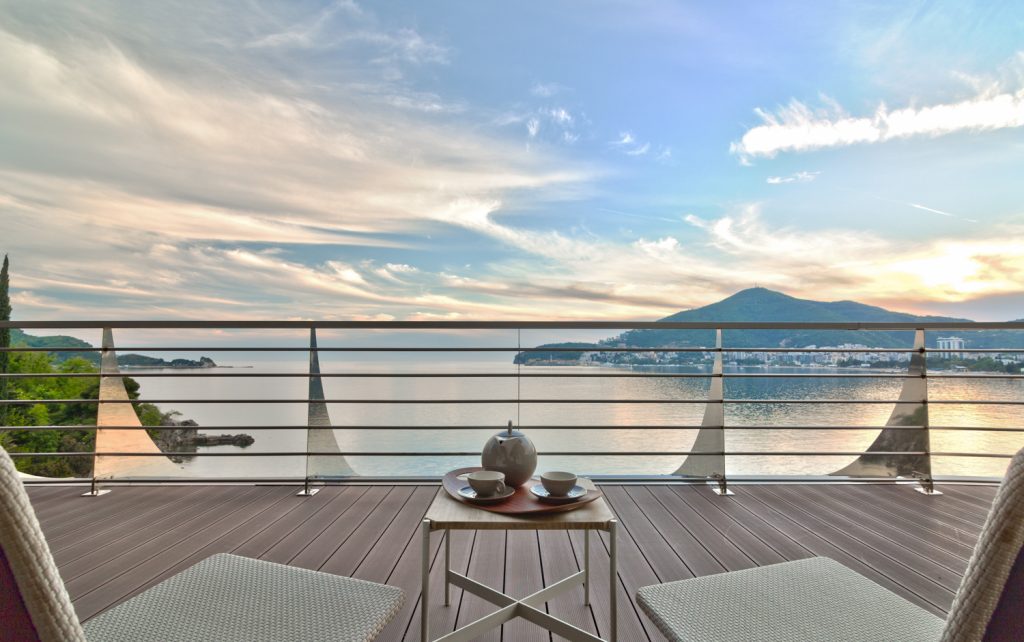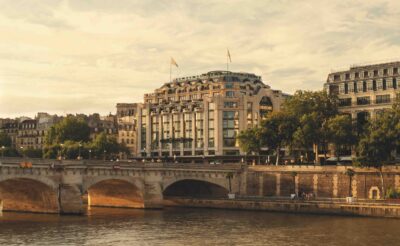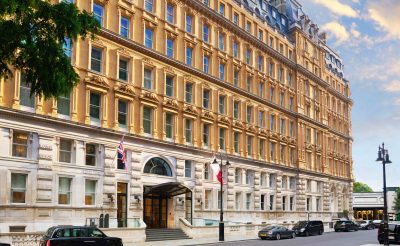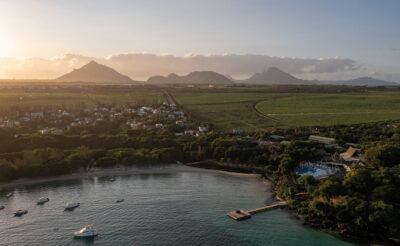If the South of France is the jewel in Europe’s crown, then the Eastern countries surrounding the Black Sea are its reclaimed treasures. Touted to intensify during 2017, travel to destinations like Montenegro, Romania, and Georgia will be high on summer agendas – and, here’s why.
Shopping on the Champs-Élysées or breaking bread within earshot of the Trevi Fountain have always been a sought-after summertime pursuit for the well-heeled, but in the course of the last year, luxury travel habits began to change. Terrorist attacks on previous hubs, like Paris and the Côte d’Azur, have taken their toll, with Europe becoming the only region, globally, to receive fewer bookings in 2016 over 2015, according to data compiled by ForwardKeys. That, paired with an uncertain economy, is part of the reason that today’s traveller is looking beyond Portofino and St. Tropez to relax and play.
“The Middle Eastern traveller has generally always travelled to popular destinations, such as Geneva, London and Paris,” says Hatem Chatter, Middle East senior director at The Leading Hotels of the World. “These have always been seen as the most luxurious destinations, due to royalty choosing them as their residence for the summer months.” Chatter has noticed what he describes as a ‘huge shift’ in what his customers are looking for. Rather than revisiting the same destination, they are looking to discover something new. But where to, next?
Spellbinding views and extensive stretches of sand are set against cascades of cliffs; whether you’re craving a buzzy atmosphere or splendid isolation, your tastes will be accounted for
Attitudes towards travel have also changed. One major move is that tastes for beach lazing days at far-flung Asian, Caribbean or French Polynesian shores have been swapped for local, immersive travel. The concept of ‘luxury’ has been remoulded to encompass experiences over acquisition, and adventure over grand plans. Striking a chord between rich historical heritage, idyllic, untouched beaches, and offering the thrill of unchartered terrain, destinations within Eastern Europe are increasingly coming up in conversation.
Fondly referred to as the ‘Pearl of the Adriatic’, Croatia was the gateway, with Dubrovnik known to attract the likes of Elizabeth Taylor and Richard Burton during the Sixties and Seventies; more recently, Beyoncé and Richard Branson have spent time at the UNESCO World Heritage site. Today, the spotless streets of the medieval coastal town offer fare from Michelin-trained chefs, while fortress towers and pale stone palaces act as a backdrop to the heaving harbour that hosts yachts belonging to the likes of David Geffen and Roman Abramovich. Croatia put the Balkans on our radar, but its pristine waterfalls can also be found in less crowded Slovenia; while its storied stonewalls appear in Romania, Dracula’s Bran Castle and the opulent décor of dictator Nicolae Ceausescu’s Bucharest mansion enchant all who pass by. Romania’s beaches have also become increasingly popular with affluent guests seeking a good time. In 2012, Puro Beach Club opened its doors to the Black Sea resort of Mamaia and, since then, the party hasn’t stopped.
Georgia’s green, sweeping valleys and mountainous ranges call to the outside adventurer, while its capital, Tbilisi, takes us on a journey of architectural education. Striking contemporary structures like the Rike Park Concert Hall and Exhibition Centre sit alongside stark reminders of Georgia’s Soviet ancestry – there’s a style for every sensibility. Serbia is known for vibrant, floating nightlife that dominates the river Danube during the summer months, with restaurants on boats luring in the young and attractive. A city for the stylish, Belgrade’s trendy neighbourhoods are home to art galleries and markets that offer fresh, local produce. During the Eighties, before the Bosnian war, Kopaonik was a ski capital for Europeans, and in recent years, it has started to make a comeback.
“Eastern Europe has a lot to offer the Middle Eastern traveller,” insists Chatter. “They spend their time taking in the spectacular scenery, partaking in cultural experiences and enjoying the culinary delights that the region has to offer… we can also see this being supported by the airlines, with many increasing flights and opening new flight paths to Eastern Europe.” Etihad is one such example, having partnered with Montenegro Airlines to offer a code share and increased connectivity between Abu Dhabi, Montenegro and Serbia, towards the end of 2016. “Travellers in Montenegro can now reach our Abu Dhabi hub with a convenient one-stop connection in Belgrade, from where they can access key destinations in our global network,” says Gregory Kaldahl, Etihad Airways’ senior vice-president of network. “In turn, Etihad Airways will expand its travel offer to Montenegro, an increasingly popular business and tourism destination.”
And, when it comes to the beaches, Montenegro’s are some of the best. Spellbinding views and extensive stretches of sand are set against cascades of cliffs; whether you’re craving a buzzy atmosphere or splendid isolation, your tastes will be accounted for. Previously the domain of visitors from the neighbouring Balkans, Montenegro is a much-loved secret that has recently experienced a surge of investment, with high-end resorts and facilities opening at an exponential rate. Of the most notable was the Porto Montenegro marina, which became a backyard for yacht owners in 2010. Since the marina’s arrival, the pace has picked up; luxury cruise liners like Royal Caribbean dock in the city of Kotor and The Chedi is set to launch a hospitality development in Montenegro’s Lustica Bay in 2018. A destination at its turning point, Eastern Europe has a culturally diverse and naturally stunning portfolio of countries that are rare, in that they remain relatively unexploited and undiscovered – until now.
Three to Try:
Where: The Biltmore Hotel, Tbilisi, Georgia
Best For: A city escape to new territory
The Biltmore opened in 2016, after receiving heavy investment from the UAE. Offering a bold juxtaposition of old and new, the luxury space occupies a landmark historical building with the addition of a glass skyscraper, and is walking distance from Tbilisi Opera and Ballet Theatre and Freedom Square.
Where: Square Nine Hotel, Belgrade, Serbia
Best for: A recent take on rich history
There are plenty of big brand hotel names in Belgrade, but Square Nine was born from the owner’s desire to be part of the city’s renovation, embodying its luxurious but familiar character. The contemporary construction is centrally located in the heart of Belgrade’s old town, overlooking Students Square. The plush interiors include antique pieces and mid-century furnishings, which were carefully sourced at auctions over a span of two years.
Where: Dukley Hotels and Resorts, Zavala, Montenegro
Best For: Marina moments and a modern take on Mediterranean glamour
Located on the Budva Riviera waterfront, just two minutes away from Montenegro’s premier nautical facility, Dukley’s idyllic positioning offers panoramic views of the Adriatic Sea. Restaurants dole out fine organic fare, while spacious penthouses offer sunset views from jacuzzis and private terraces.
